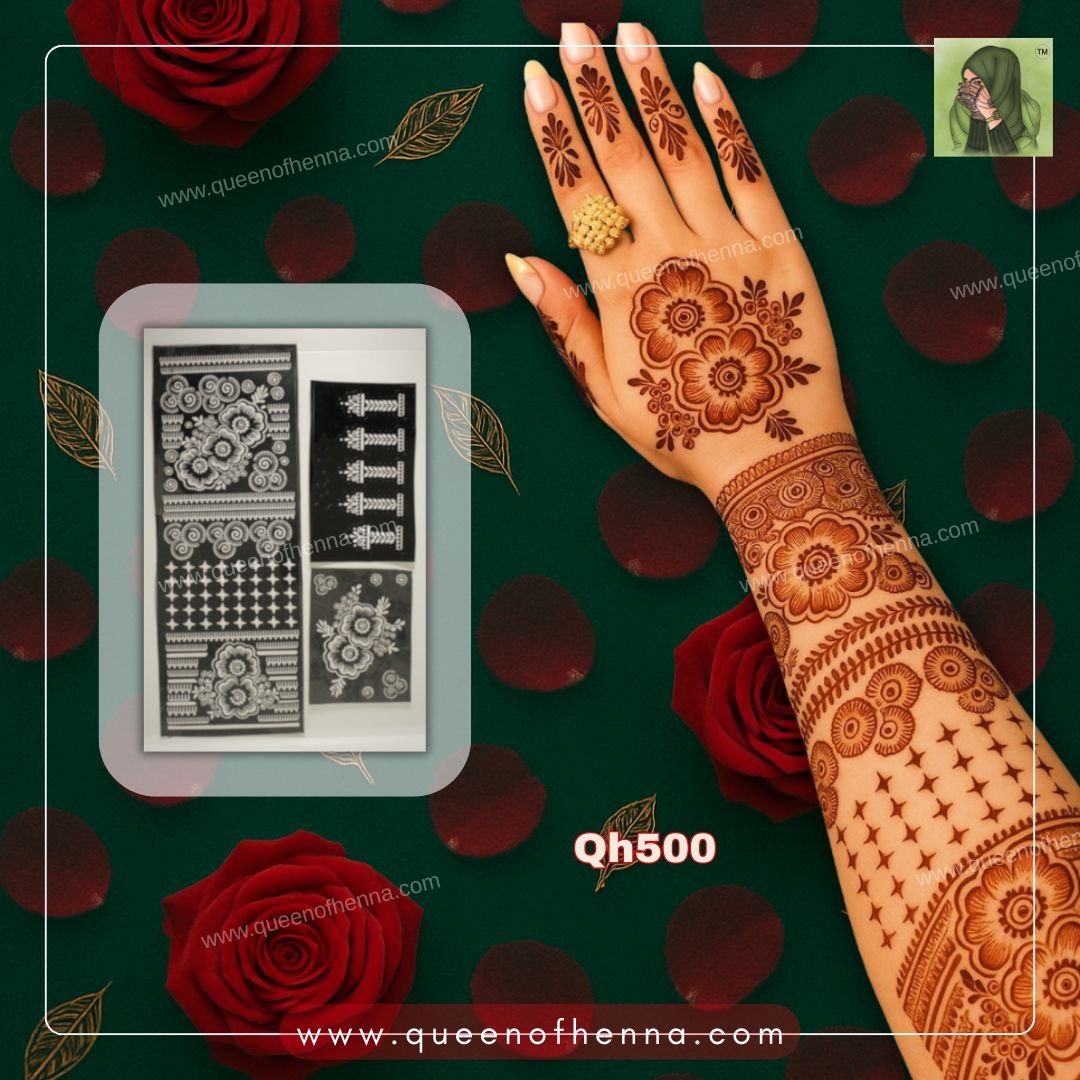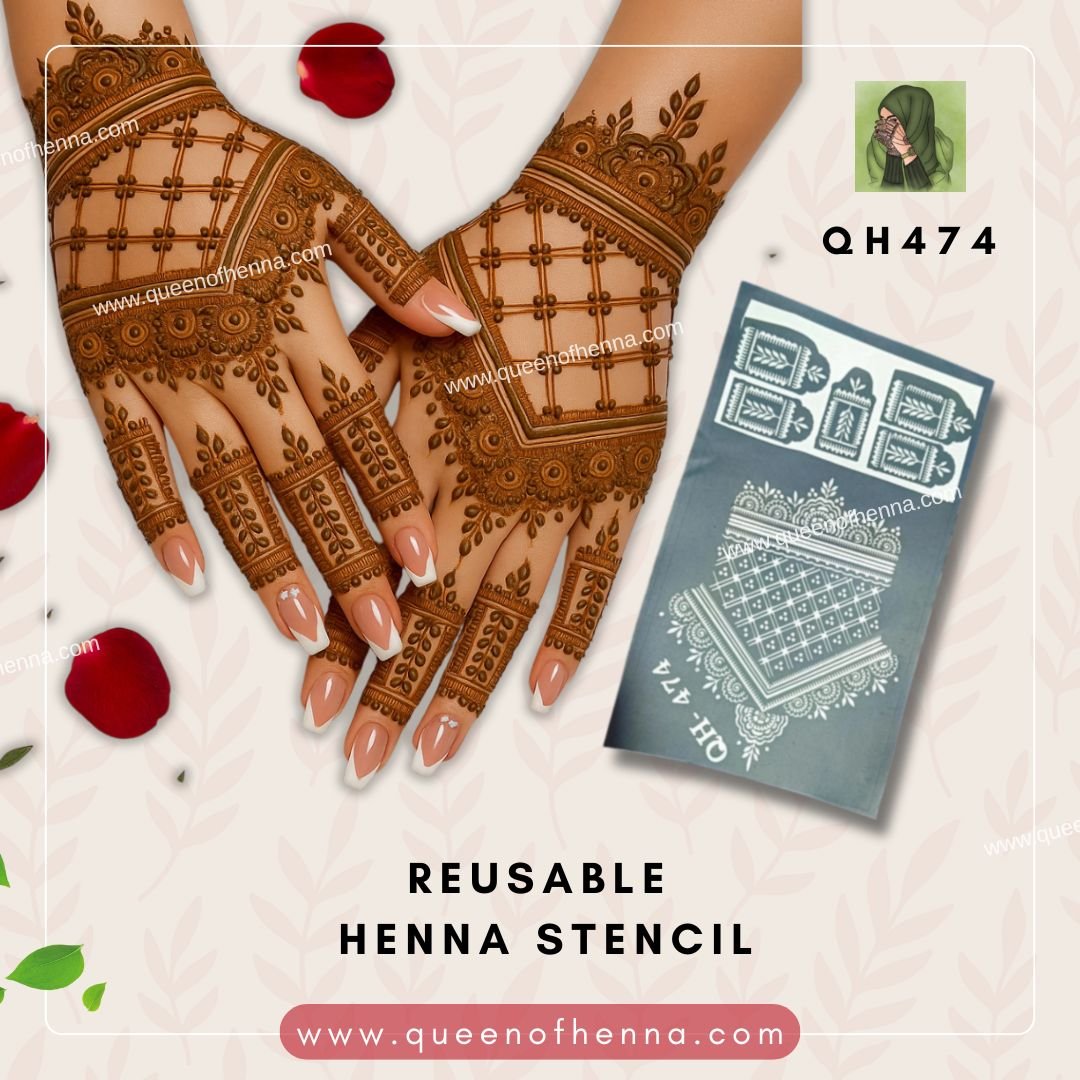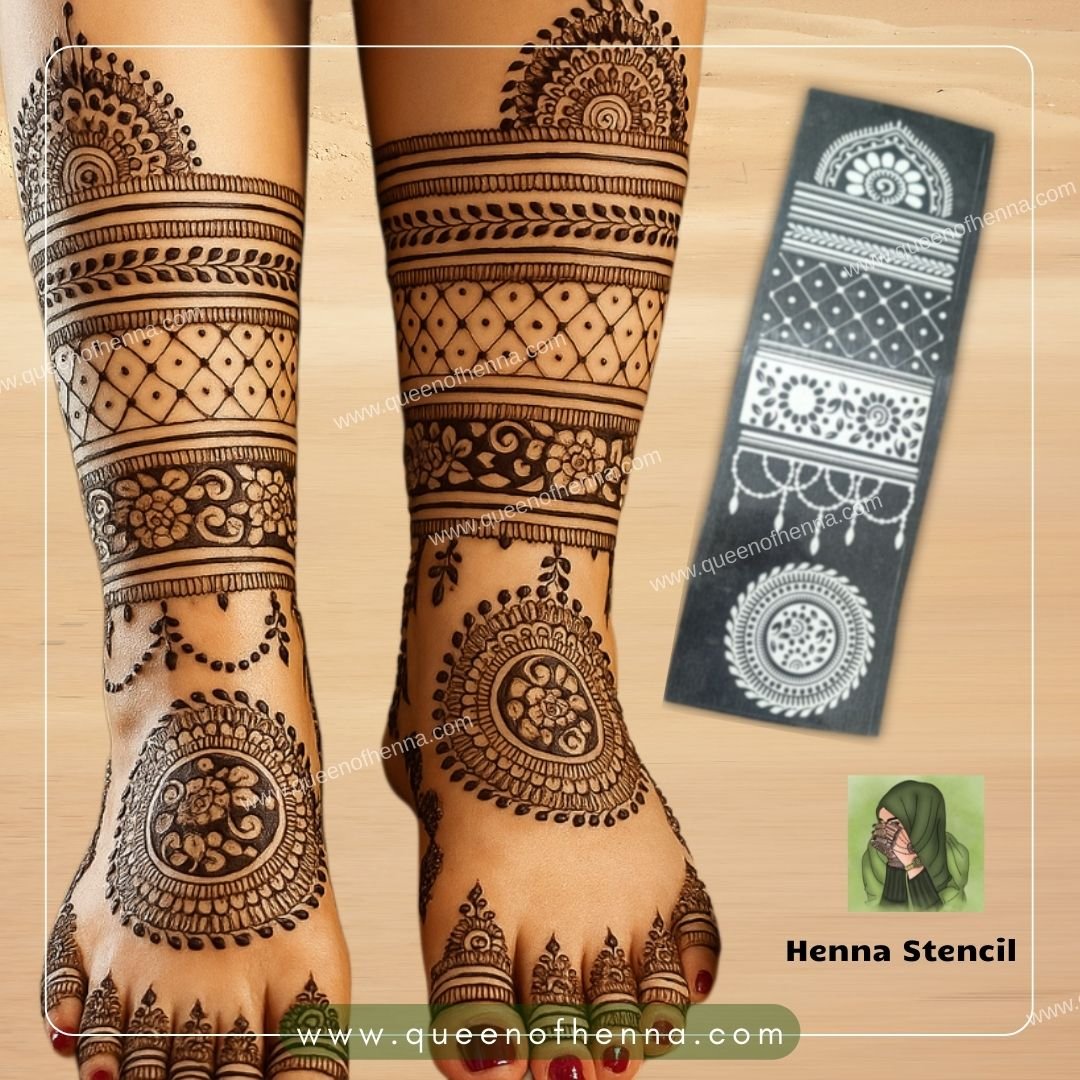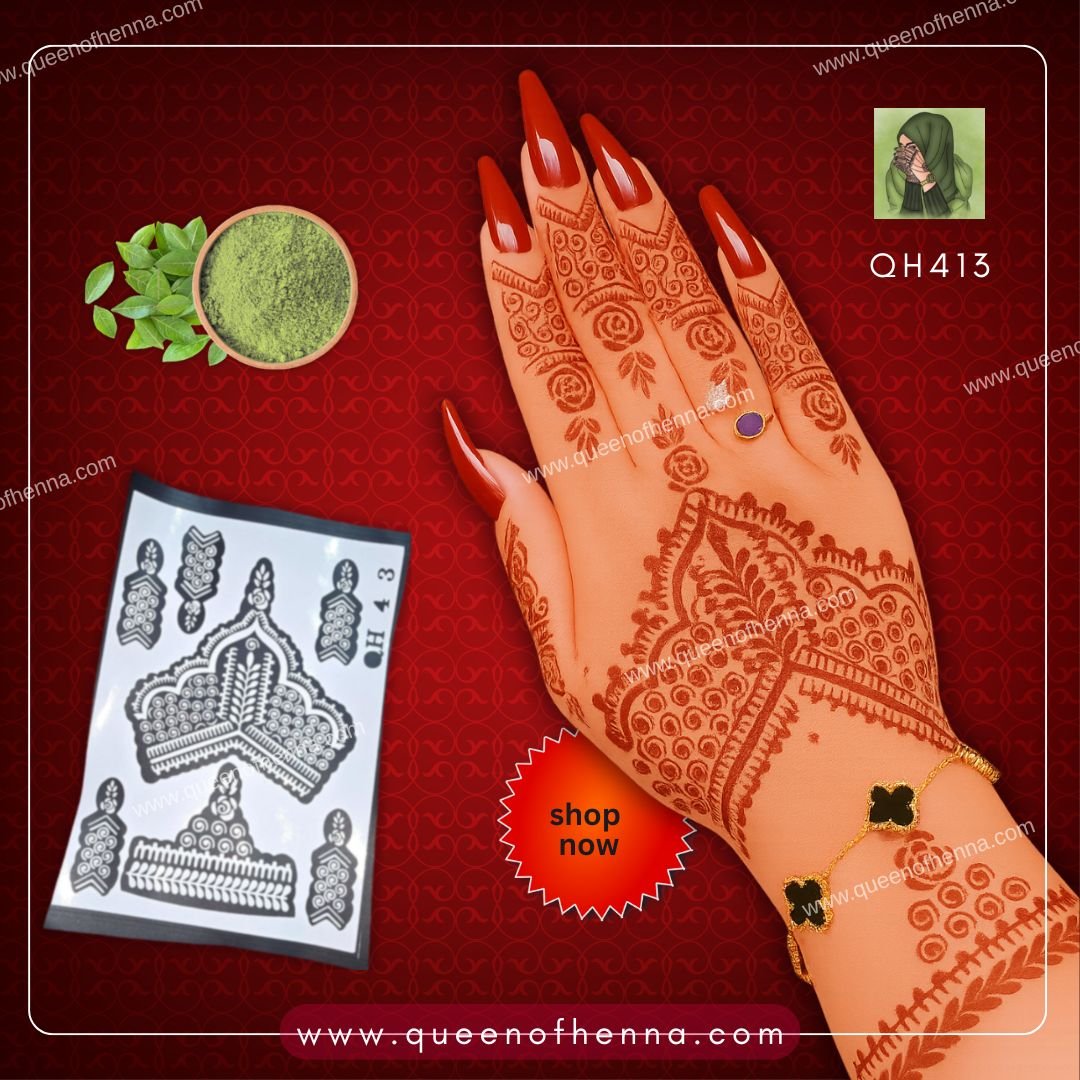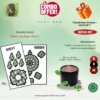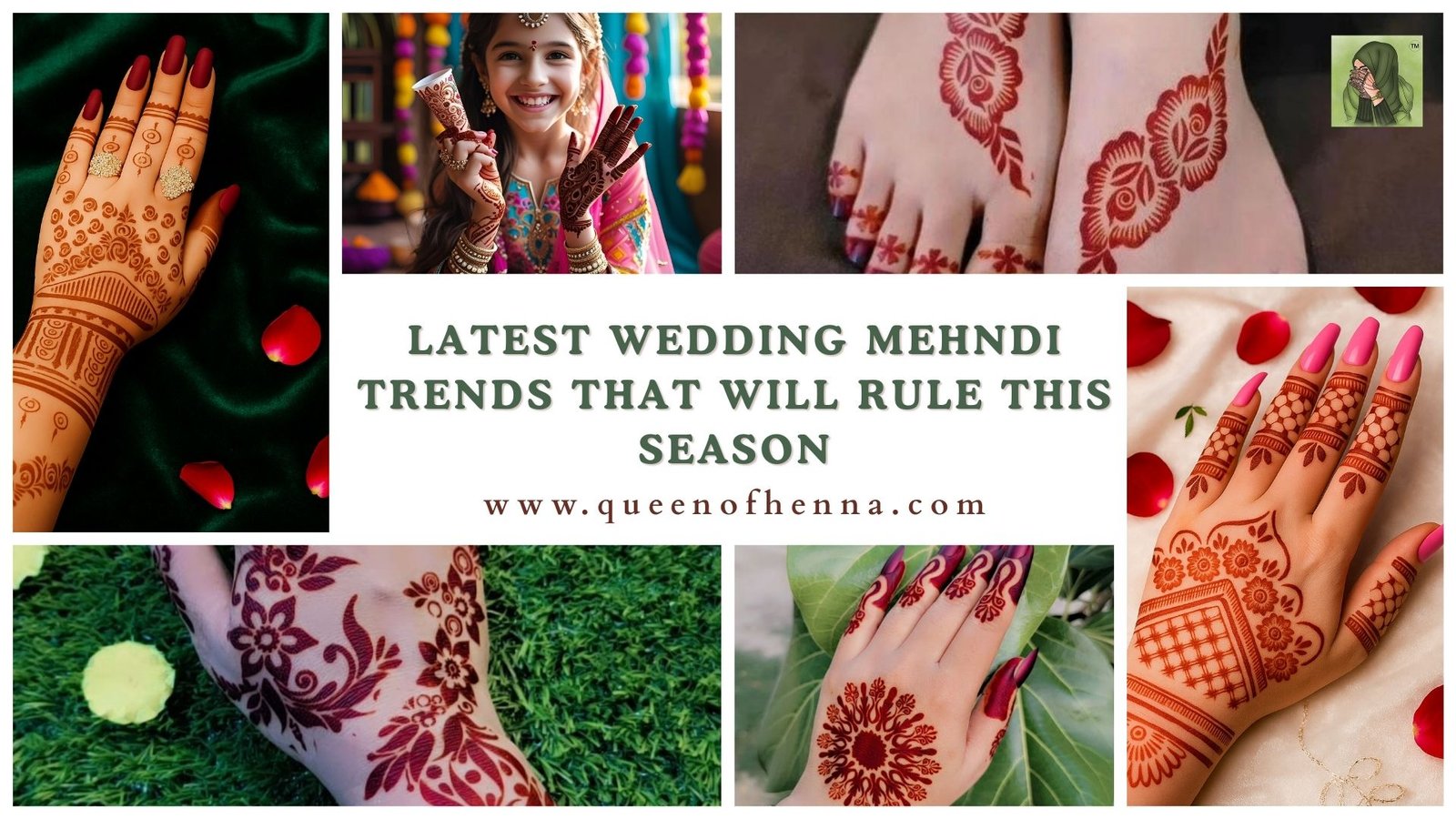
Latest Wedding Mehndi Trends That Will Rule This Season
Mehndi has always been more than decoration. It’s an emotion, a tradition, and a love language painted on the skin. From the rhythmic clinking of bangles during application to the fragrant wafts of freshly mixed henna, mehndi is a pre-wedding ritual that binds family, friends, and culture in one intimate ceremony.
But 2025 isn’t just repeating the past—it’s reimagining it. This season’s mehndi trends blend minimalism and opulence, heritage and innovation, all while keeping the bride’s individuality at the center. And thanks to tools like Queen of Henna’s expertly crafted stencils, the artistry is more accessible than ever before—without losing its magic.
Let’s journey through the biggest bridal mehndi trends shaping this wedding season, with vivid examples you can picture on your hands and feet, and tips to make them your own.
Trend 1: Minimalist & Negative Space — “The Breath Between the Lines
Minimalism is no longer just a Western design concept; it has made its graceful entry into South Asian bridal mehndi.
Why it’s trending:
Modern brides want elegance that’s light, breathable, and easy to manage. The negative space technique—where intentional gaps are left in the design—lets skin peek through, making the pattern appear airy and refined.
Unique design example:
Picture your palm with a single, oversized lotus at the center. Each petal has micro-dots running along its edge for detail, but the background remains bare. From the lotus, fine dotted chains trail upward along each finger, ending with tiny crescent moons at the tips. Around your wrist, a thin bracelet pattern sits like lace, but the forearm is left untouched—a confident, modern statement.
Best Selling
Mandala Hand Mehndi Stencil (QH508) | Easy & Reusable Small Mehndi Design
Diwali Special Mehandi Sticker (Mandala Stencil) – QH509 | Readymade Festival Tattoo- 1 Piece
Full Hand Bridal Mehndi Stencil (QH500) | Wedding Henna Sticker – 1 Pair
Large Leg Mehndi Stencil (QH406) | Elegant Henna Stencil for Wedding & Festivals- 1 Pair
Medium Hand Henna Stencil (QH474) | Reusable Mehndi Stencil for Wedding & Festivals
Large Hand Mehndi Stencil (QH475) | Bridal Henna Stencil for Wedding & Festival Designs- 1 Pair
Large Leg Mehandi Sticker (QH467) – Royal Arabic & Bridal Henna Magic for Feet- 1 Pair
Medium Hand Mehandi Stencil (QH413) – Trending Henna Sticker for Festive Glam
Trend 2: Front-Hand Focus — “Ready for the Ring Shot
Social media and professional wedding photography have reshaped mehndi placement.
Why it’s trending:
The front (palm-facing) side of the hand is where rings, flowers, and poses are most often captured. Brides now prioritize intricate front-hand designs for maximum visual impact in photos.
Unique design example:
Imagine a perfectly round mandala positioned dead-center in your palm. Around it, leaf-shaped frames curve gently toward each finger, leaving the tips bare. A fine dotted halo surrounds the mandala, and at the wrist sits a small floral cluster that looks like it’s holding the design in place—perfect for when you hold your bouquet or show off your engagement ring.
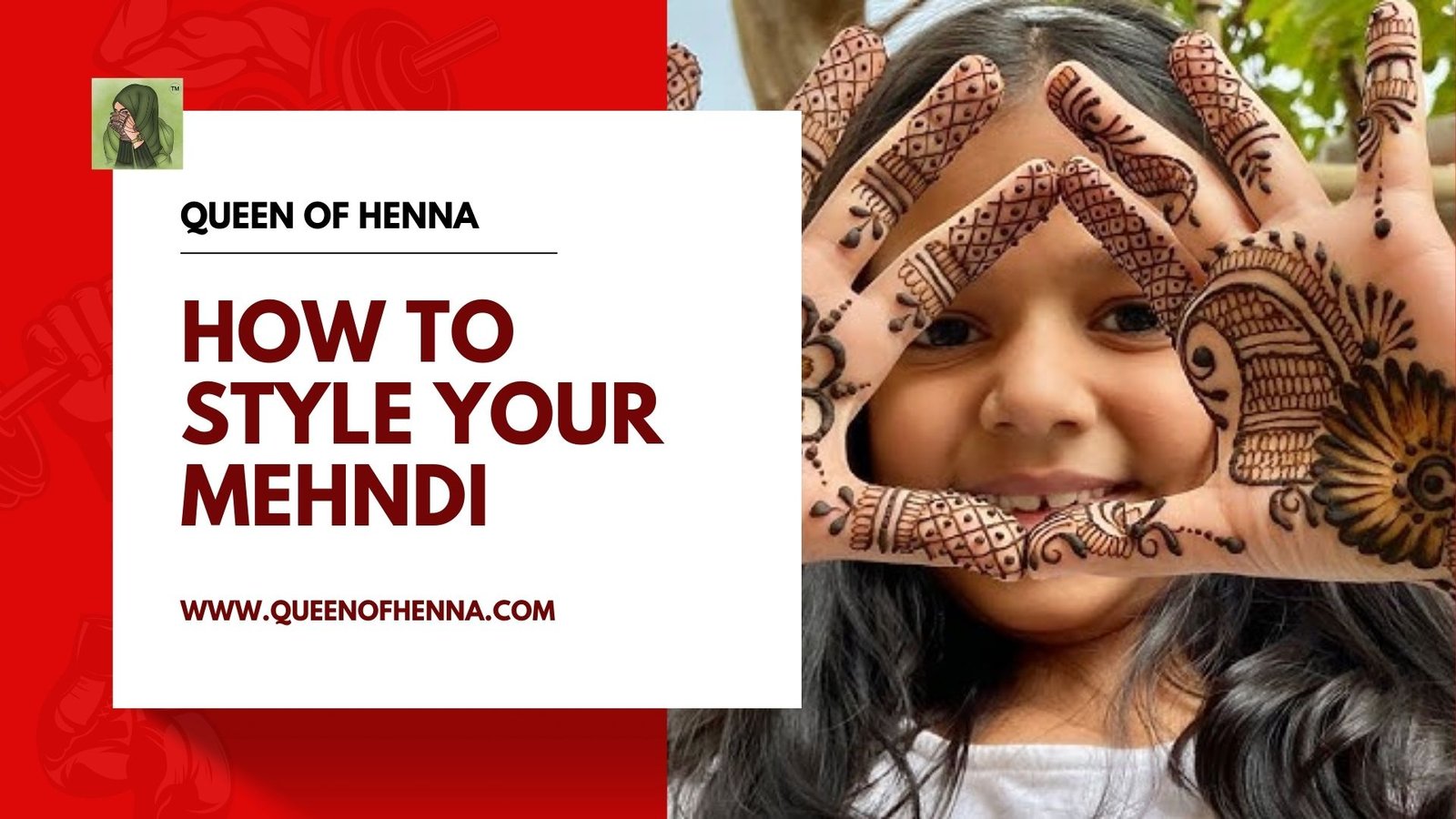
Trend 3: Glitter & Metallic Accents — “When Henna Meets Jewelry
Evening receptions and sangeets are turning mehndi into a sparkle show.
Why it’s trending:
Cosmetic glitter, gold foil, and metallic powders add dimension and light reflection to traditional designs. These accents turn henna into an accessory in its own right.
Unique design example:
Start with a diagonal vine running from your thumb across your palm to your wrist, filled with large floral blooms. Once the henna dries, dust the flower centers with fine silver glitter and outline the petals with a thin line of gold foil. Under bright lights, it looks like you’re wearing henna-crafted diamonds.
Trend 4: Fusion Motifs — “A World on Your Hands
Today’s brides often have stories that span cultures, and their mehndi reflects that.
Why it’s trending:
Fusion designs allow brides to blend elements from different mehndi traditions—Arabic’s bold florals, Indian’s intricate jaali, Moroccan’s geometric stars—into a single cohesive pattern.
Unique design example:
Your left palm features an Indian-style jaali net filled with tiny paisleys, merging into bold Arabic roses near the fingers. Your right palm starts with a Moroccan starburst in the center, framed by Turkish tulips. When you join your hands, the two styles connect through a single vine motif that runs across both wrists—a symbol of unity in diversity.
Trend 5: Storytelling Mehndi — “Your Love, in Ink
The personalization wave is stronger than ever.
Why it’s trending:
Couples want their mehndi to speak of their journey—how they met, shared passions, and dreams for the future.
Unique design example:
One palm holds a miniature portrait of the bride in her wedding outfit, the other of the groom. Between them, across the base of both palms, flows a ribbon of roses with the wedding date inscribed inside. Hidden in the petals are the couple’s initials, visible only to those who know where to look.
Trend 6: Foot & Sole Mehndi — “Hidden Art for the Bold
Mehndi isn’t limited to hands anymore—the feet are becoming a star canvas.
Why it’s trending:
Anklet-style and sole designs offer playful creativity and intimate beauty, revealed only in certain moments.
Unique design example:
A delicate chain of jasmine buds wraps around each ankle, with tiny bells dangling toward the foot. On the soles, a pair of sunflowers bloom—when you place your feet together, their petals merge into one large radiant flower.
Trend 7: Henna-Nail Integration — “One Flow, Many Mediums
Nails are part of the bridal look—why separate them from your henna?
Why it’s trending:
Designs that seamlessly flow from skin to nail create a unified, high-fashion look.
Unique design example:
A thin vine climbs along the side of each finger, ending at the nail bed. On the nails, a matching curve in henna color (or painted polish) continues the line. From far away, it looks like the design simply never stops.
Trend 8: Heritage Revival — “Dense, Detailed, and Proud
Some brides are embracing full traditional coverage as a statement of cultural pride.
Why it’s trending:
Dense Rajasthani or Mughal-inspired designs showcase craftsmanship and offer a luxurious, regal feel.
Unique design example:
Hands fully covered in jaali mesh, peacocks with sweeping tails, miniature temple arches, and paisleys. The design climbs up the forearms past the elbows, ending in large floral domes—an intricate work of art worthy of heirloom photos.
Why “Queen of Henna” Leads the Stencil Revolution
While freehand artistry is irreplaceable, not everyone has the time or skill to achieve perfect designs—especially bridesmaids, festival goers, or DIY enthusiasts. This is where Queen of Henna shines as the best mehndi sticker and stencil manufacturer.
1. Precision-Cut Beauty
Each stencil is created with professional artistry, ensuring clean edges and balanced proportions. You don’t get clumsy shapes—you get salon-grade patterns.
2. Simplicity at Its Finest
Place the stencil, apply henna paste, peel it away—done. Even a first-timer can produce an intricate design in minutes without fear of smudging.
3. Versatility
From minimal wrist cuffs to full-hand bridal patterns, Queen of Henna offers stencils for every occasion—weddings, Eid, Karva Chauth, Diwali, photoshoots, or even casual weekends.
4. Affordability Without Compromise
High quality doesn’t have to mean high cost. Their products are priced for accessibility, so brides, guests, and professionals can stock up without overspending.
5. Perfect for Customization
You can use the stencil as is, or layer on extra flourishes once it’s removed—glitter accents, extra vines, or initials for personalization.
6. Consistent, Reliable Results
Because the designs are machine-cut to perfection, every application comes out crisp, symmetrical, and photo-ready.
7. Beginner to Pro Friendly
Novices appreciate the no-stress process, while professionals love how stencils speed up large group applications during mehndi parties.
Whether you’re following the latest bridal trends or simply want festival-ready hands in 15 minutes, Queen of Henna makes it effortless to look like you spent hours with a master artist.
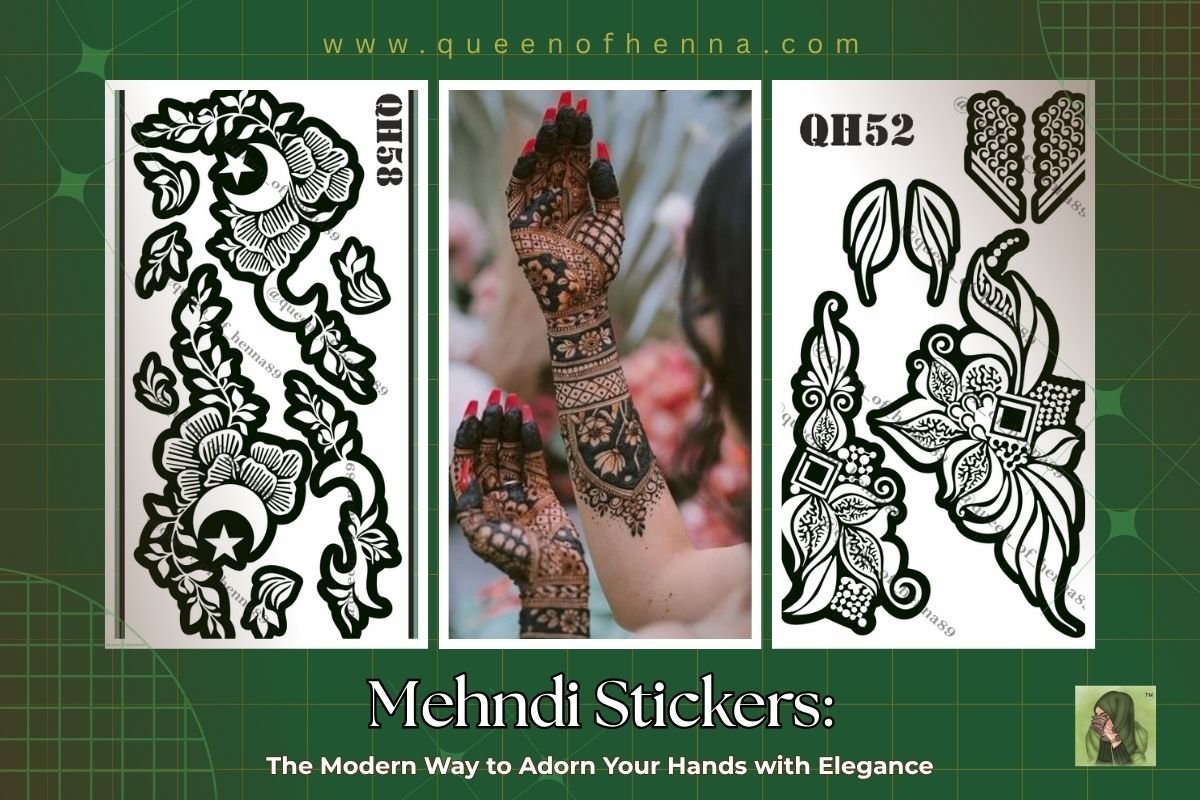
How to Style Your Mehndi (Freehand or Stencil)
Match your outfit: Minimal stencils for contemporary gowns; dense patterns for traditional lehengas.
Use accessories smartly: Bangles, rings, and glitter can enhance your chosen pattern.
Plan placement: Focus on areas that will be photographed most.
Consider timing: Apply at least 24–48 hours before your main event for peak stain color.
Aftercare for a Deep, Long-Lasting Stain
Keep the paste on for 6–8 hours (overnight is ideal).
Avoid water for 12 hours post-removal.
Apply lemon-sugar sealant while the paste is on.
Warm your hands over gentle heat (like a stove’s residual warmth) to intensify the stain.
Moisturize daily to keep the color vibrant.
Final Word
This wedding season’s mehndi is as much about self-expression as it is about tradition. Whether you’re the bride making a bold statement with dense heritage patterns, the minimalist who leaves space for skin to shine, or the trend-setter experimenting with glitter and nail integration, your mehndi tells a story.
With Queen of Henna’s stencils, that story becomes easier to write—perfectly, beautifully, and affordably. You don’t need to be a professional artist; you just need a love for the art and the willingness to let your hands become a canvas.
In the end, mehndi is more than design—it’s a celebration in lines and curves, a wearable memory that fades slowly but stays in the heart forever. And this year, you have more ways than ever to make it uniquely yours.
FAQs (Frequently Ask Question):-
In 2025, brides are loving minimalist Arabic designs, glitter henna overlays, and personalized storytelling mehndi. The most talked-about trends are negative space florals, front-hand focus for ring shots, and fusion motifs that blend Indian, Moroccan, and contemporary elements. Brides are also experimenting with colored mehndi—think maroon, white, and even gold accents for pre-wedding events. And if you’re short on time, mehndi stencils from brands like Queen of Henna are a lifesaver, giving you intricate designs without the wait.
Longevity depends on the henna quality and aftercare—not just the design. However, dense, full-hand traditional mehndi tends to stain deeper because it covers more skin area. If you want a dark, long-lasting stain:
Use pure, chemical-free henna.
Leave the paste for at least 6–8 hours.
Avoid water for 24 hours after scraping off the paste.
Many brides swear by Queen of Henna stencils because they let you apply henna evenly, ensuring a consistent stain.
Here’s the tried-and-true bride’s recipe for a rich, deep color:
Use fresh henna—old paste loses potency.
Keep your hands warm (heat helps color release).
After the paste dries, dab with a lemon-sugar sealant to lock in moisture.
Avoid washing with soap for a full day.
Apply a thin coat of natural oils like coconut or mustard after scraping off.
Bonus: Stencil designs apply henna more evenly, making the color appear richer.
Absolutely! In fact, mehndi stencils have made it foolproof for beginners. All you need to do is:
Place the Queen of Henna adhesive stencil on clean skin.
Fill it in with henna paste.
Wait for it to dry, peel the stencil, and let the design set.
It’s perfect for bridesmaids, last-minute events, or anyone nervous about freehand work.
Prices vary by city and artist skill, but on average:
Simple Arabic design: ₹1,000–₹2,500
Full bridal (both sides of hands & feet): ₹5,000–₹15,000
Celebrity-style elaborate work: ₹20,000+
Using stencils can bring your cost down to under ₹500 for a bridal look—without compromising beauty.
Yes, as long as you use natural henna paste with the stencil. Queen of Henna stencils are made with skin-safe adhesive that doesn’t irritate. Always do a patch test 24 hours before the event to ensure no allergic reaction.
Definitely! This season’s trend is glitter mehndi, where you fill in certain motifs with cosmetic glitter gel after the henna paste is removed. Body paint can also be used for colorful outlines. Just remember—glitter and paint don’t stain like henna, so they’re temporary.
Most brides apply mehndi 1–2 days before the wedding. This allows the color to deepen to its peak richness on the big day. If you’re using stencils, you can even do it on the wedding morning because the application is quick and mess-free.
Bridesmaids in 2025 are loving:
Half-hand cuffs with leafy trails.
Minimalist mandalas in the center of the palm.
Arabic diagonal flow designs with empty spaces for a modern look.
These are fast to apply with stencils and look stunning in group photos.
Not at all! Mehndi is for everyone in the celebration—bridesmaids, mothers, even grooms. In fact, many modern weddings include a mehndi bar, where guests can try small stencil designs as a fun activity.
Henna is a stain, so it fades naturally, but you can speed it up by:
Scrubbing with exfoliating body wash or lemon & salt mix.
Soaking in warm water with baking soda.
Avoiding oils, which deepen the stain.
If you’re worried about trying a new design, start with a temporary stencil and natural henna for a safer experiment.
Because they combine artist-level design quality with easy application and affordability. Whether you’re a bride or a beginner, their stencils give you symmetrical, trendy patterns without hours of sitting still. Plus, their adhesive is skin-safe and the designs are curated to match current bridal fashion trends.




